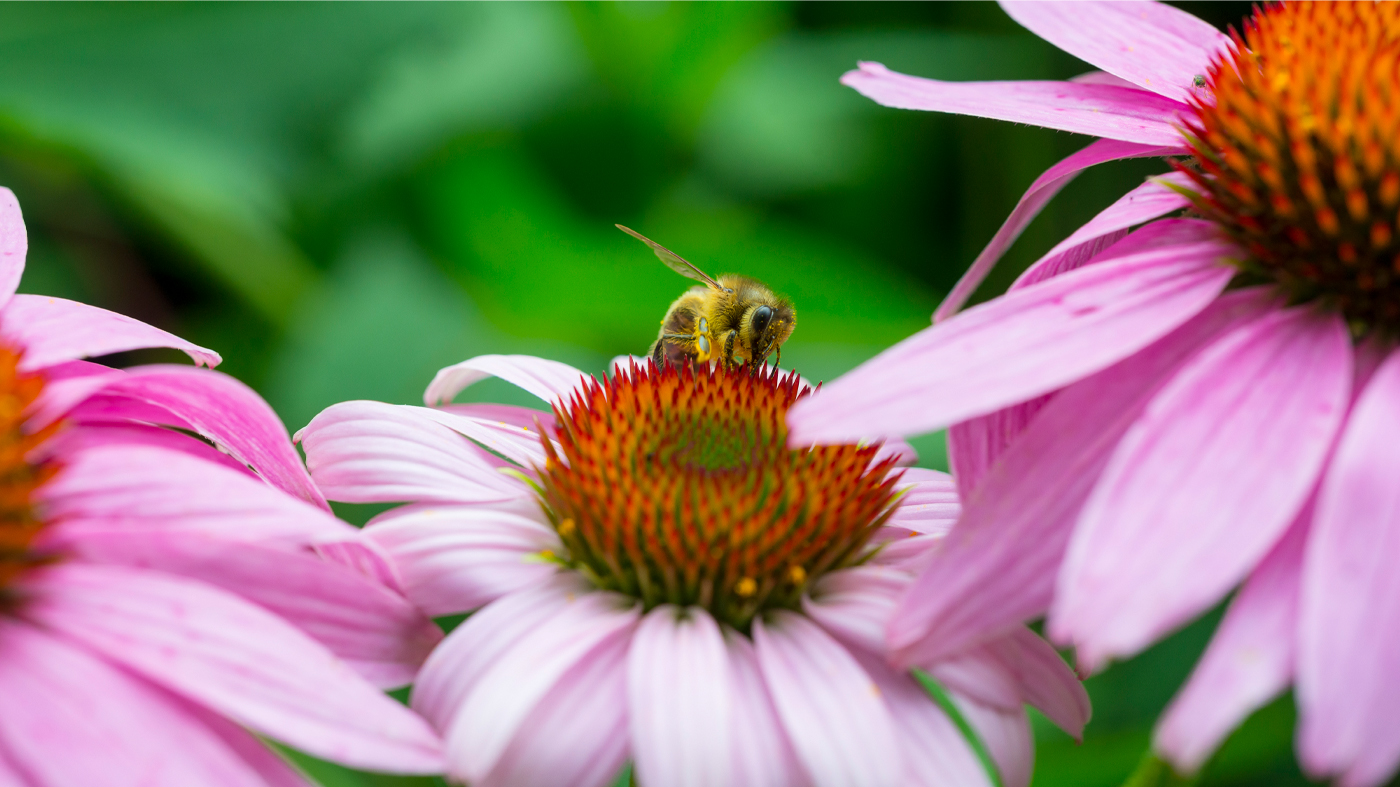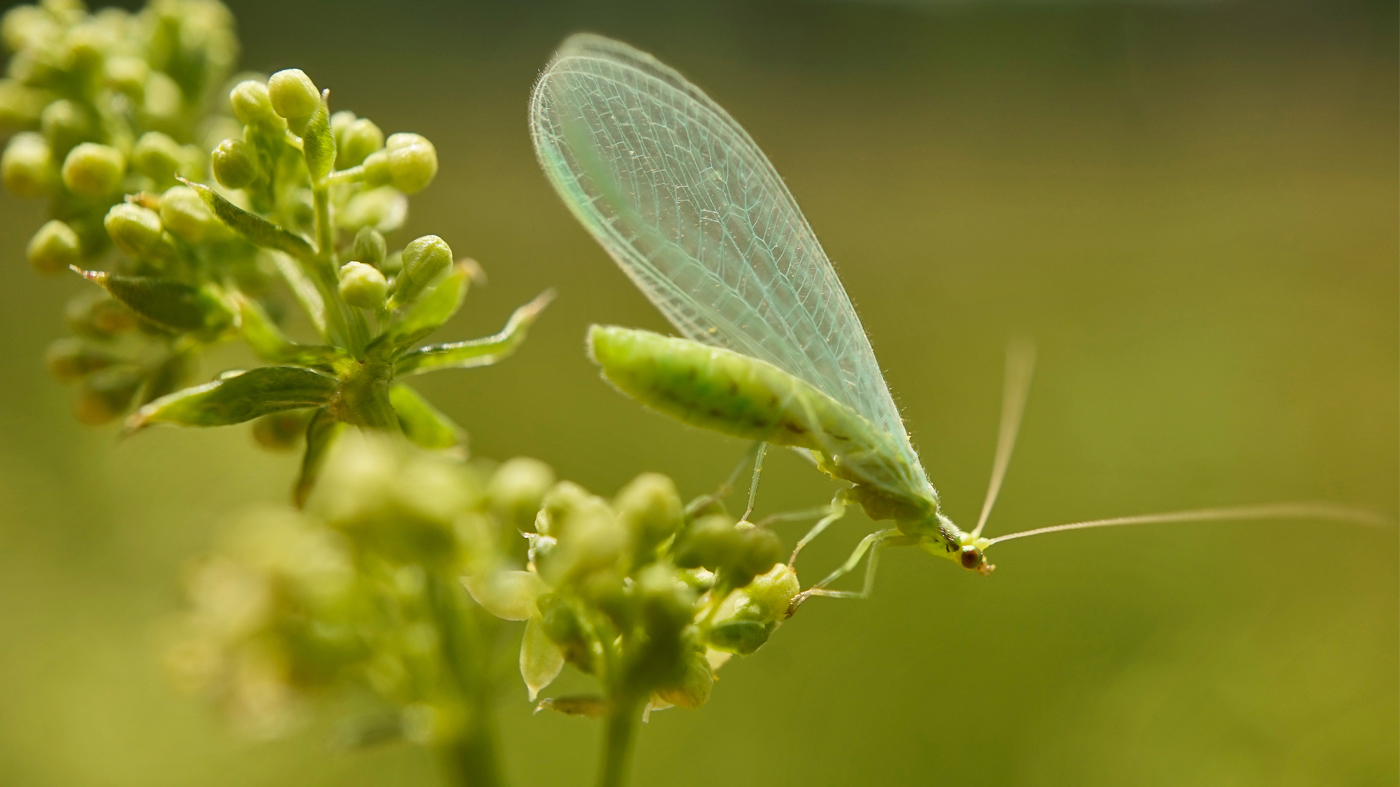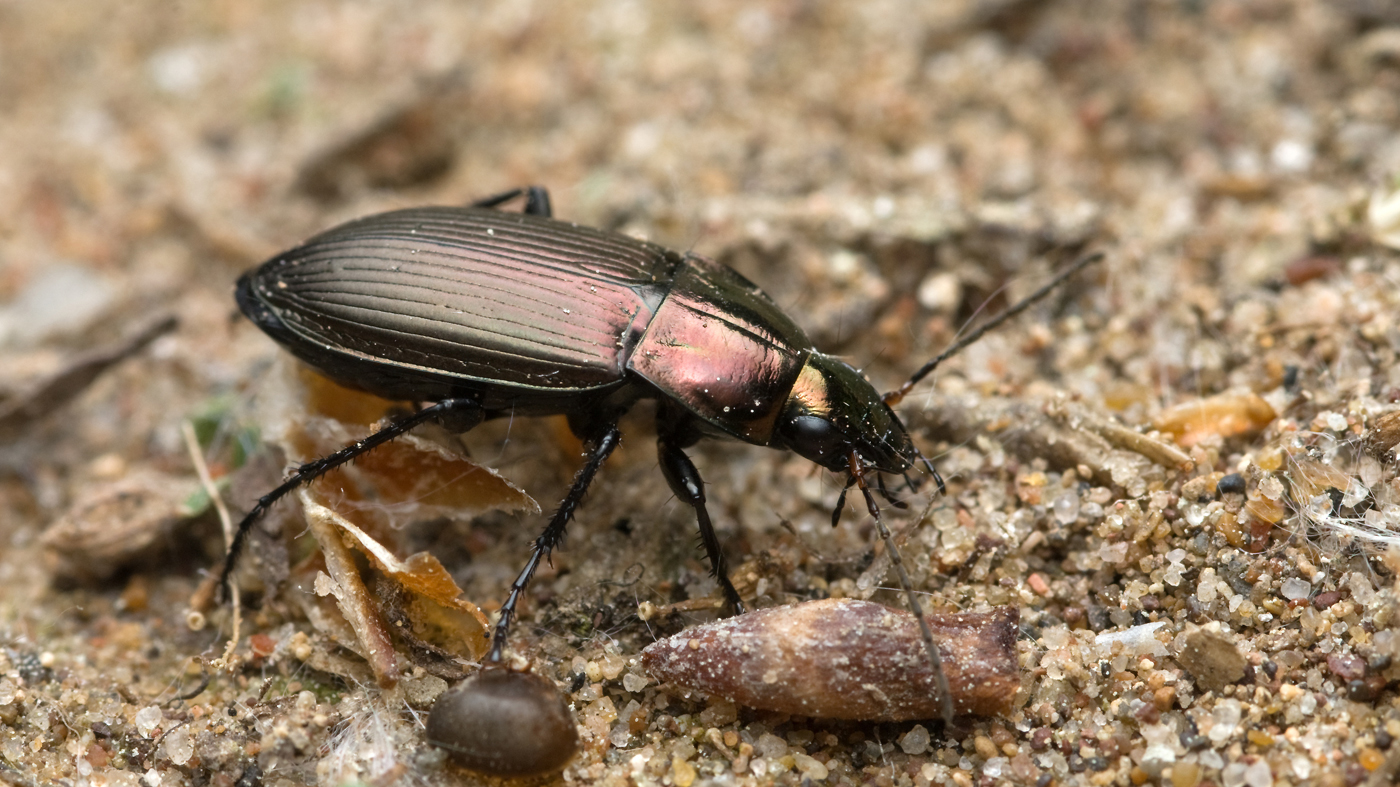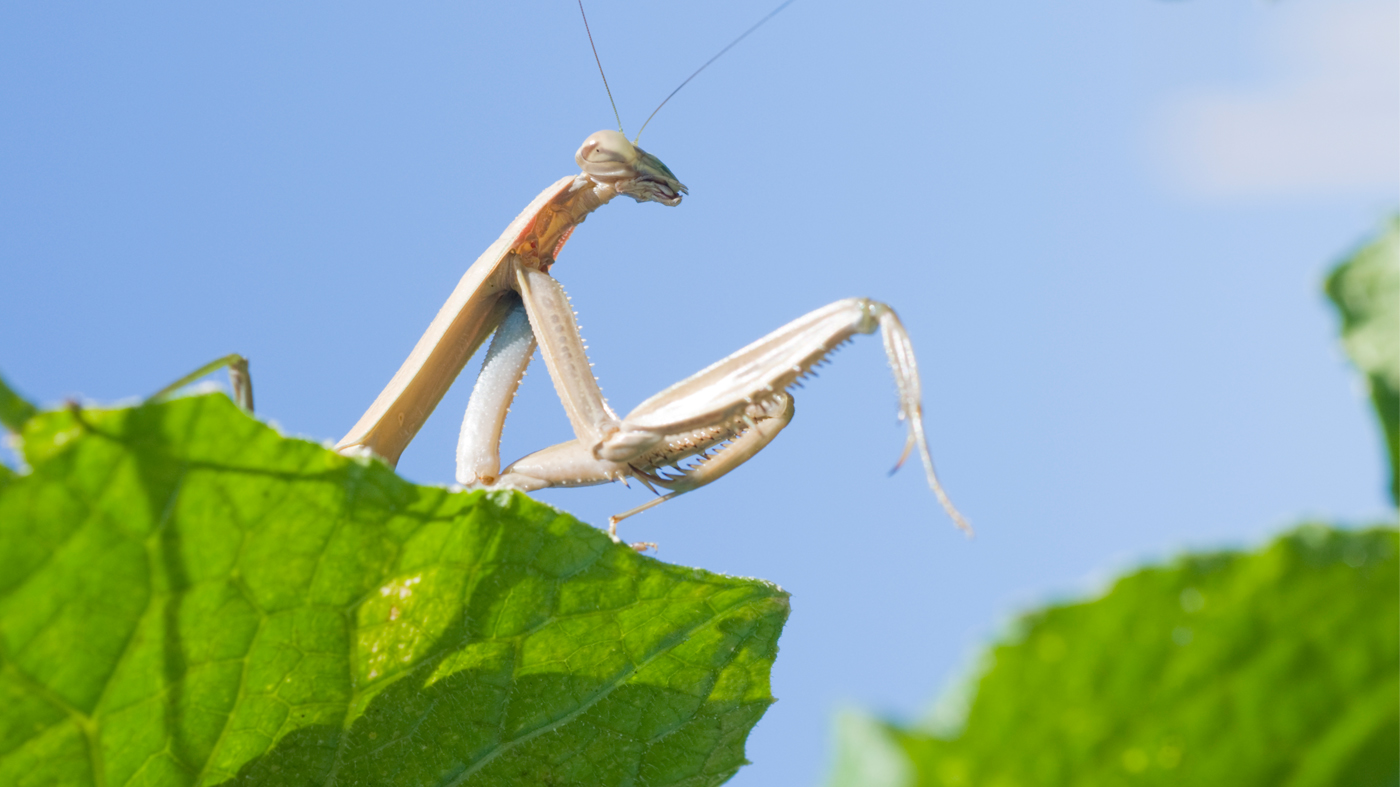

Tips & Techniques
How to Identify Beneficial Insects
Winter can be as easy or as hard on bugs as on humans, which is why after a fairly mild winter, some gardeners fear the worst. They imagine bugs coming out of their winter dormancy in record numbers: Japanese beetles, aphids, four-lined plant bugs, cucumber beetles, spongy moths — the list is legion. And all are ravenous for something green.






